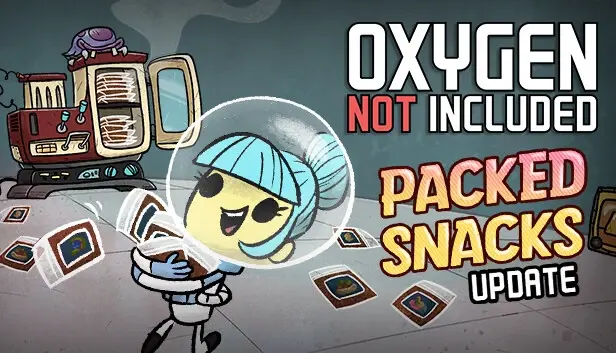FWIW, you can still press Shift-F10 to open a command prompt, then run oobe\bypassnro. The computer will reboot / restart the setup process and this time there’ll be a small link “I don’t have internet” that’ll allow you to set up a local account.
Just make very sure not to connect it to the internet (cable or Wi-Fi) before this point.
There have been rumours of newer versions of Windows 11 not allowing the bypass anymore, but I haven’t personally seen any evidence of this so far.
Still a shit show though - trickery like this shouldn’t be necessary.






But are you shivering with aantici…